Technologies
Galaxy S23 Battery Life: Does It Last Longer Than the Galaxy S22?
Samsung’s new phone packs a bigger battery. Let’s see how it compares to its predecessor.
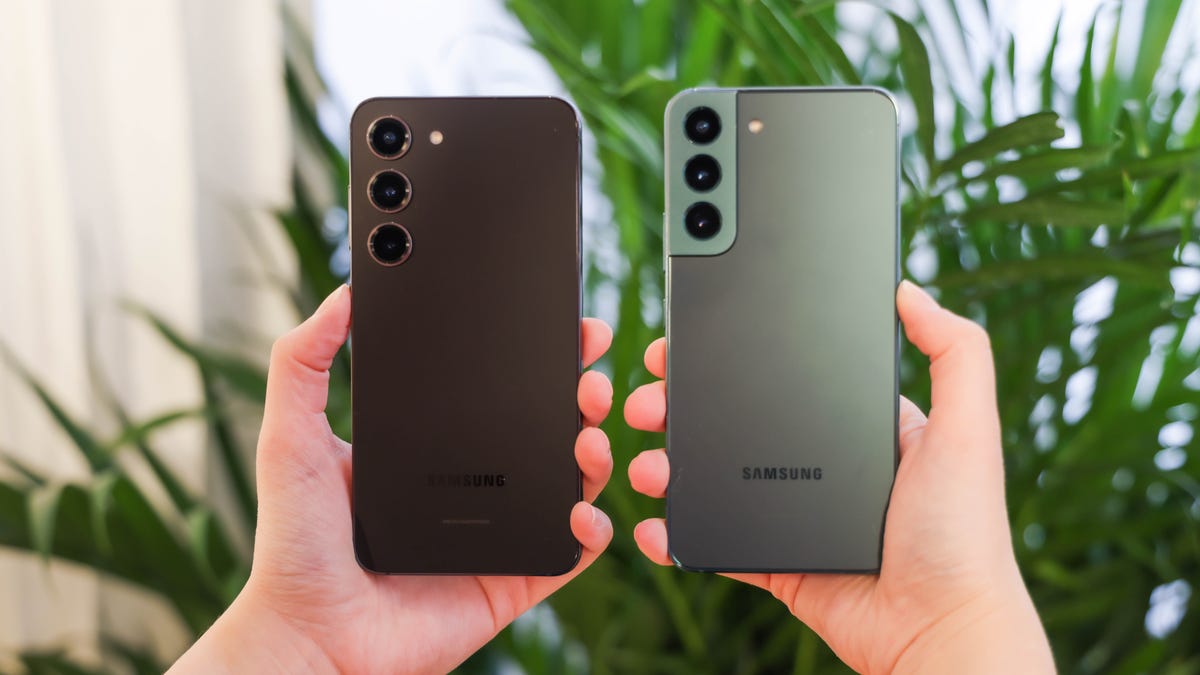
This story is part of Samsung Event, CNET’s collection of news, tips and advice around Samsung’s most popular products.
My biggest complaint about last year’s Galaxy S22 was that its battery didn’t last long enough on a single charge. Luckily, Samsung has addressed that shortcoming with the recently launched Galaxy S23, which includes a larger battery and a more power efficient processor.
The Galaxy S23 doesn’t offer record-breaking battery life, but it’s enough of an improvement to make me feel comfortable using it on a busy day without carrying a charger. That’s more than I could say for the Galaxy S22, which left me with battery anxiety on long days spent away from a power outlet.
Petite Android phones like the Galaxy S23 and Galaxy S22 can be hard to come by, which is why I’m glad Samsung made this fix to its 6.1-inch flagship phone.
Galaxy S23’s bigger battery makes a difference


The Galaxy S23 has a bigger battery than its predecessor.
Lisa Eadicicco/CNETSamsung increased the Galaxy S23’s battery capacity by 200 mAh compared to the Galaxy S22. The new phone has a 3,900-mAh battery, while last year’s device has a 3,700-mAh capacity. But that’s not the only factor influencing battery life.
The Galaxy S23 family runs on a version of Qualcomm’s Snapdragon 8 Gen 2 processor that’s been optimized specifically for the Galaxy S23 series. Samsung says this new processor brings better power efficiency, contributing to the phone’s longer battery life.
Even after spending a short time with the Galaxy S23, these changes are noticeable. The Galaxy S22’s battery would sometimes dip to the 30s or 40s by roughly 9 p.m. after a long day in the office. I even had to borrow a colleague’s charger once while attending an all-day work event because I was worried I wouldn’t make it to the evening. (I typically had the always-on display turned off and the refresh rate set to standard instead of adaptive).
My experience with the Galaxy S23 has fortunately been very different so far. I still had 64% of my battery left by 12:36 a.m. on a recent Sunday when I took the phone off its charger at 10 a.m. that morning. However, it’s important to note that I also wasn’t using my phone very frequently that afternoon. I was spending time with my family for a large chunk of the day, so I mostly kept my phone tucked away in my pocket, only retrieving it to occasionally check my texts or take a photo.
But even on a busy day, the Galaxy S23 still had more of its battery left than the Galaxy S22 likely would have. After a day of running benchmarks, taking lots of photos, recording videos and streaming YouTube videos as part of my review testing, I still had 46% of my battery left by 9:45 p.m. That’s not so bad when you consider the Galaxy S22 sometimes had 30% to 40% of its battery left by around 9 p.m. after using the phone heavily throughout the day. I also left the adaptive refresh rate setting turned on most of the time I spent with the Galaxy S23.
To further test the battery, I put each phone through a 45-minute endurance test and a three-hour battery drain test. During the 45-minute test, I continuously streamed videos on YouTube, made a video call, played mobile games and scrolled through social media feeds to see how much of a dent these everyday tasks would make in each phones’ battery. For the three-hour test, I streamed YouTube with the display brightness set to 100% and checked the battery percentage once every hour to see how much it had drained.
Unsurprisingly, the Galaxy S23 beat the Galaxy S22 in both tests, as you can see in the tables below.
Galaxy S23 vs. Galaxy S22 45-minute test
| Galaxy S23 | 91% |
|---|---|
| Galaxy S22 | 89% |
Galaxy S23 vs. Galaxy S22 3-hour test
| 1 hour | 2 hours | 3 hours | |
| Galaxy S23 | 95% | 88% | 81% |
| Galaxy S22 | 91% | 81% | 71% |
It’s important to remember that battery life will always vary depending on how you use your device. Factors like screen brightness and the types of apps you’re using will impact battery life, so your experience may not directly mirror mine. For example, even though I sometimes struggled to get through a whole day using the Galaxy S22, I was able to preserve roughly 60 to 70% of my battery by 9 p.m. with the always-on display turned off on days mostly spent at home.
How to get the most battery life out of your Galaxy S22
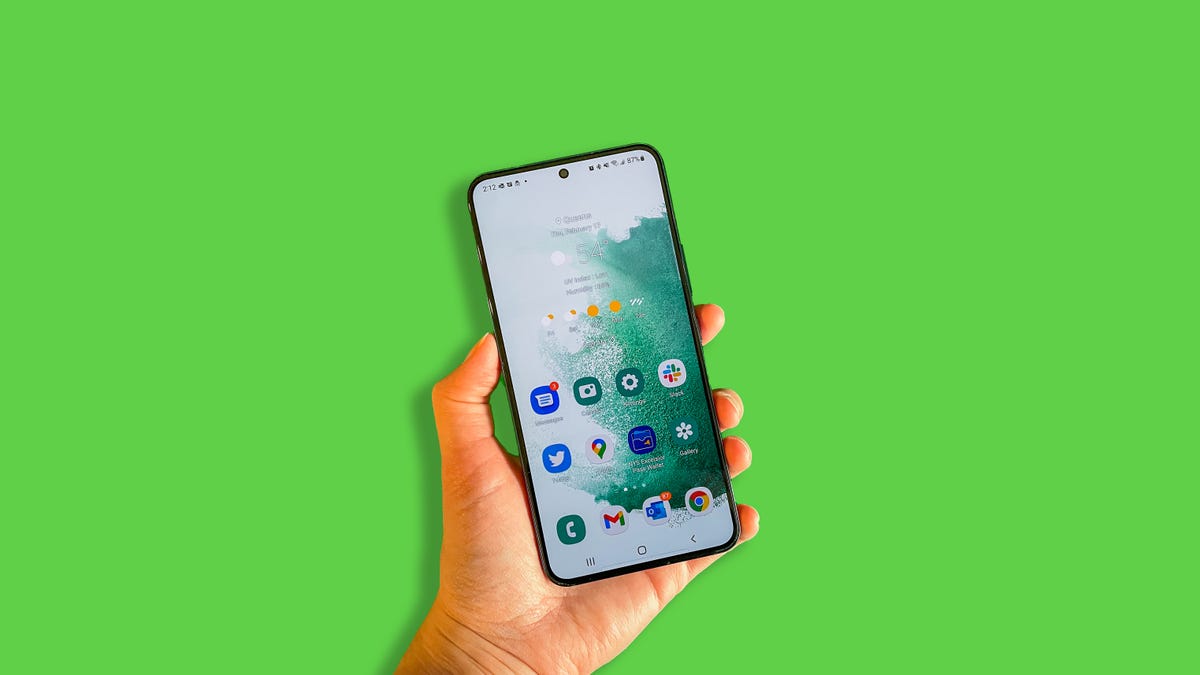

The Galaxy S22.
Lisa Eadicicco/CNETIf you own a Galaxy S22 and are struggling with battery life, there are a few steps you can take to maximize your device’s longevity. First, try turning down the screen brightness by pulling down from the top of the display to access your phone’s quick settings menu.
You’ll also want to make sure the adaptive brightness setting is disabled to prevent your phone from automatically boosting brightness when needed. While that can be a useful feature under normal circumstances, you might not want the brightness to increase when you’re trying to conserve battery life. Open your Galaxy S22’s settings menu, choose the display option and make sure the switch next to adaptive brightness is toggled off.
It’s also a good idea to try turning off the adaptive refresh rate and always-on display settings if you’re trying to extend battery life, which you can toggle in the settings menu.
Samsung devices have a power savings mode that disables certain settings to make the battery last longer. Open the settings menu, select the battery and device care option and then tap battery to access it. From this battery menu, you can also limit battery usage for apps that you don’t use very often.
These tips will work on the Galaxy S23 too, which also has a light performance mode to prioritize battery life and cooling efficiency over high performance. To turn this on, open the Galaxy S23’s settings menu, tap battery and device care, and select battery. Scroll down to the bottom of the screen and choose the more battery settings option. From there, you should see a field called performance profile, which you can tap to switch between standard and light. (During my time with the Galaxy S23, I had it set to standard).
If that’s not enough, you can try purchasing a portable charger or power bank to power up your device on the go.
With its new $700 price, the Galaxy S22 is a tempting choice alongside the $800 Galaxy S23. Just remember you’ll be sacrificing some battery life to get that cheaper price.
Technologies
Aflac Reveals Just How Big Its Data Breach Really Was
The insurance company says the compromised information included Social Security numbers and health insurance information.
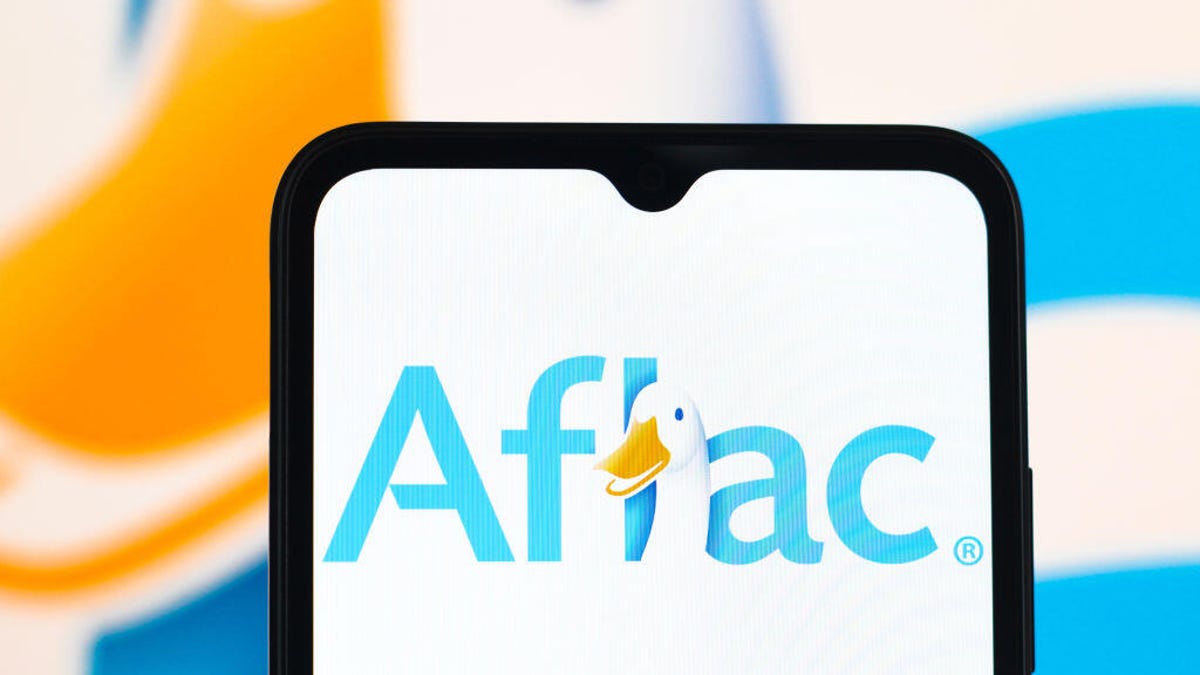
Following up on a data breach that it first reported in June, insurance provider Aflac revealed in December that the incursion compromised the personal data of 22.65 million people. In its update, the company said that files containing personal data related to customers, beneficiaries and employees may have included contact information, claims, health information and Social Security numbers.
Aflac said it addressed the breach within hours and began notifying customers soon after. On its homepage, Aflac has a link to a PDF document that includes details on what it’s offering customers to address the breach, including 24 free months of CyEx cybersecurity services.
Don’t miss any of our unbiased tech content and lab-based reviews. Add CNET as a preferred Google source.
The service includes credit monitoring, medical information protection services and identity theft monitoring.
In a press release, the company downplayed the effects of the data breach. «To date, Aflac is not aware of any fraudulent use of personal information and —along with third-party partners —will continue to monitor any fraudulent activity,» it said.
A representative for Aflac told CNET the company has no further comment beyond what it has posted on its website.
The businesses you interact with — insurers, health care providers, financial services companies, retailers and so on — are a trove of personal information about about you that cybercriminals are constantly trying to access. Some ways you can protect your private data include locking your Social Security number, improving your passwords and being on guard against phishing.
Technologies
I Tested the Huawei Pura X: This Wide-Screen Flip Phone Is Refreshing and Fun
Huawei’s Pura X is the wildest flip phone to exist and one of the only two foldable phones that I’ve loved watching videos on.
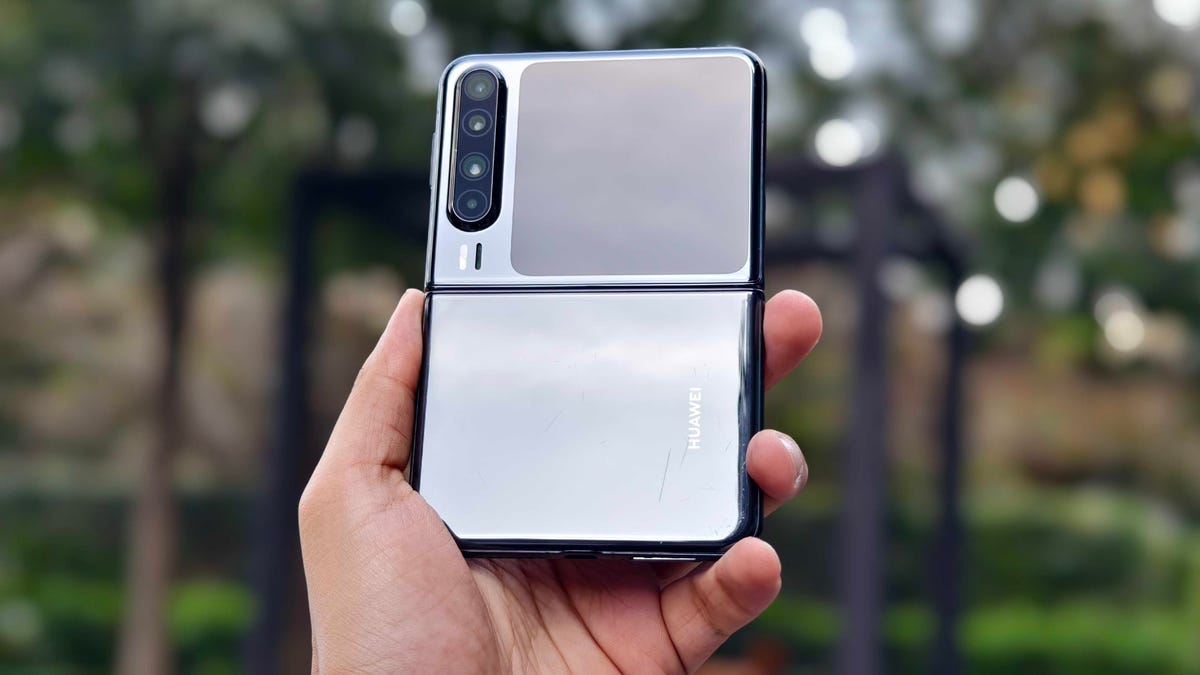
I’ve tested several flip phones in the past, but I never stuck to any. My lifestyle doesn’t require a phone that folds into a smaller footprint to fit inside my pocket. There’s a market for them, no doubt, but when I’m using a foldable phone, I want it to expand the capabilities of my current phone. And that’s why I’ve loved using the Huawei Pura X.
Most flip phones are narrower and taller than traditional smartphones. They have big 6.9-inch screens with a 21:9 aspect ratio, but the Pura X is unique by design. It has a smaller 6.3-inch display with a wider 16:10 aspect ratio, making it an ideal screen for reading and video consumption. The Huawei Pura X is a refreshing take on flip phones. It is closer to a mini book-style foldable than a flip phone. In fact, I have enjoyed using it more than the Motorola Razrs and Galaxy Z Flips of the world.
Huawei Pura X: What’s it like to use a wide-screen flip phone?
I couldn’t use the Pura X as my primary phone because it is a China-only device. So, most of its preloaded apps are in Chinese. I installed a few Google apps like Chrome and YouTube, among others, to make the experience as close as possible to my main device.
In the last 10 days, I’ve loved consuming content, both video and written, on the Huawei flip phone. It combines the pocketability of a flip phone with the readability of a book-style fold in a single device — while also delivering a better video-watching experience than both of them.
The Pura X unfolds to a 6.3-inch AMOLED display with support for a dynamic 120Hz refresh rate, 2,120×1,320-pixel resolution and 2,500 nits peak brightness for supported HDR content. These specs might seem similar to the iPhone 17, Galaxy S25 and Google Pixel 10, but the Pura X has a wider 16:10 aspect ratio (versus 20:9 on slab phones). Its biggest benefit is immediately noticeable when watching movies and YouTube videos.
The video consumption experience on foldable phones typically isn’t ideal. They usually have huge letterboxing (thick black borders) on either top and bottom (on the Galaxy Z Fold 7) or left and right (on the Galaxy Z Flip 7). Movies shot in 21:9 fare better on flip phones but worse on book-style foldables. The Huawei Pura X minimizes this letterboxing with its 16:10 screen, while also offering a similar on-screen watchable area.
This might surprise many, but as you can see from the above photo, you get a larger video viewing area on Huawei’s 6.3-inch display than Samsung and Motorola’s 6.9-inch flip phone screens. In fact, 16:9 YouTube videos on the Pura X are almost as big as on the Galaxy Z Fold 7 (in the slightly wider horizontal orientation). This is only the second time I’ve loved watching videos on a foldable phone (the first was the Huawei Mate XT trifold phone, also for its increased viewing area with a 16:11 aspect ratio, when fully unfolded).
It also provides a pleasing reading and web browsing experience — you just need to rotate the phone in vertical orientation. By design, the Pura X is slippery, and its wider design doesn’t help the in-hand grip. Thankfully, it weighs under 200 grams, so it isn’t as heavy as modern flagship phones. I got used to it within a few hours.
Another learning curve was getting used to the placement of buttons and unfolding it like a Fold (from the right side) instead of a Flip (from the bottom). The latter was easy, but I still struggle with the former.
When you unfold the Pura X, you need to rotate it by 90 degrees to change its orientation to use vertically. Huawei’s user interface doesn’t allow you to use the phone horizontally. So, every time I open the Pura X, its volume rockers and power button (with a built-in fingerprint scanner for biometric authentication) swap places.
The fingerprint sensor that resides on the natural resting place on my thumb (when the phone is folded) moves to the top of the phone when it is unfolded. I have added my index finger data to unlock the phone, and it might not be a big deal in the long term, once my muscle memory has gotten used to it. But so far, it has been slightly bothersome to get a mention here.
The rest of the specs and features
The Huawei Pura X has a 3.5-inch OLED cover screen with a 980×980-pixel resolution and the same dynamic 120Hz refresh rate. It isn’t as large as Samsung and Motorola flip phones, but it can run a full-fledged browser and multiple first-party apps. This 1:1 display is also good enough to capture selfies using the rear cameras, of which you get three.
Huawei has included a 50-megapixel primary camera with an f/1.6 aperture. It is accompanied by a 40-megapixel f/2.2 ultrawide-angle sensor and an 8-megapixel telephoto camera with support for a 3.5x optical zoom.
For context, most flip phones have only two rear cameras, but the Pura X’s optics are as versatile as a slab phone. The camera performance is similar to what you’d expect from a Huawei phone: smooth and brightened skin tones, good dynamic range and rich details.
The Huawei Pura X is powered by last year’s Kirin 9020 chipset and has up to 16GB of RAM and 1TB of storage. My unit runs on HarmonyOS 6.0, which is smooth and fluid in day-to-day use. It packs a 4,720-mAh battery with support for 66-watt wired superfast charging and 40-watt wireless fast charging.
The Pura X is for those who want the best video consumption experience on a foldable phone, without compromising portability and cameras. It was launched earlier this year at a starting price of 7,499 yuan (roughly $1,065) for the 12GB RAM and 256GB storage version. However, it received a price cut recently and is now selling for 6,899 yuan (roughly $980).
After using the Huawei Pura X, I can confidently say that wide-screen foldable phones have their own place in the niche category. It has made me more excited for the rumored 4:3 iPhone Fold and Samsung «Wide Fold» in 2026.
Technologies
Verum Messenger Introduces Its Own Next-Generation eSIM Technology
Verum Messenger Introduces Its Own Next-Generation eSIM Technology
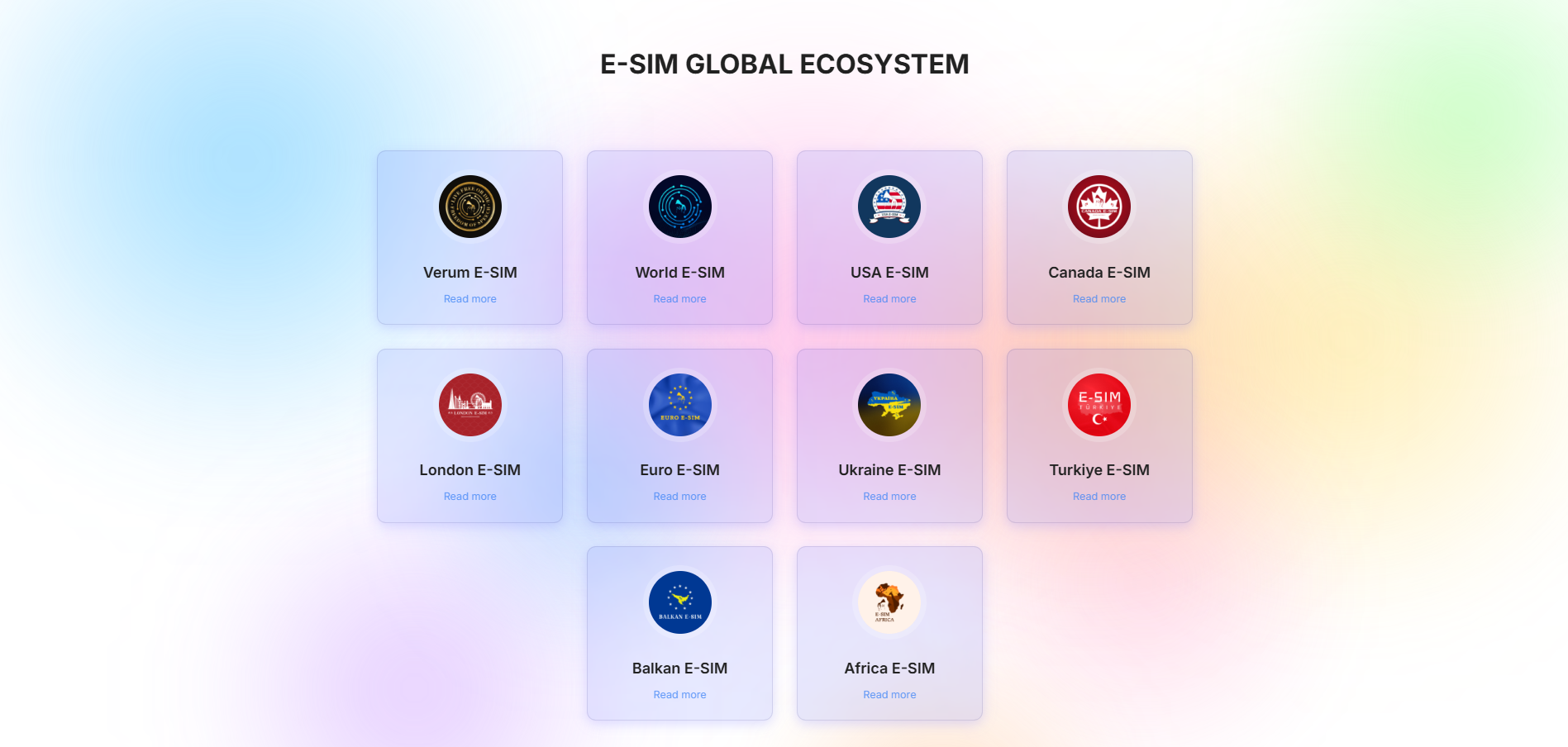
Digital mobile connectivity is evolving rapidly, and eSIM is becoming a key element of this transformation. The Verum Messenger team has developed and launched its own eSIM technology, designed for users who value freedom of communication, the absence of roaming, and independence from operator restrictions.
Verum eSIM is a virtual SIM card that works without a physical carrier and provides mobile internet access in different countries around the world under unified conditions. Users simply install the eSIM on a smartphone, tablet, Wi-Fi router, or any other supported device — without visiting a mobile store and without replacing a SIM card. From the very beginning, the technology was designed as a global solution, not tied to a single operator or region.
Verum eSIM offers a range of regional and international plans: World eSIM (global coverage), London eSIM, USA eSIM, Euro eSIM, Africa eSIM, Türkiye eSIM, Canada eSIM, Balkan eSIM, Ukraine eSIM. The key difference is the absence of traditional roaming. Users receive stable mobile internet in multiple countries without sudden tariff changes or unexpected charges.
One of the core features of the technology is its operation without a physical SIM card. This minimizes dependence on local operators, allows users to bypass network restrictions and blocks, and enables effective use of eSIM in countries with strict internet censorship, including Russia. When using only the Verum eSIM profile, connection flexibility and privacy levels are significantly increased.
A separate advantage of Verum eSIM is full support for eSIM-enabled Wi-Fi routers. All available plans can be used not only on smartphones but also on compatible eSIM routers, providing internet access to multiple devices at once. Such a router can serve as the primary internet source at home, in the office, while traveling, in cars, on yachts, or in temporary locations, automatically connecting to available networks in different countries without being tied to local operators.
The Verum team focuses on affordable and transparent pricing. Plans are structured to be competitive compared to local operators and traditional international roaming. Users know the data cost in advance and do not encounter hidden fees.
For user convenience, Verum eSIM supports a wide range of payment methods, including bank cards, cryptocurrencies, and alternative payment solutions. This makes the service accessible to users from different countries with various financial instruments.
Verum Messenger and Verum eSIM are not just an eSIM service, but a step toward rethinking mobile connectivity as a global, open, and independent technology. No roaming, no physical SIM card, no territorial limitations — a new standard of mobile internet, truly worldwide.
-

 Technologies3 года ago
Technologies3 года agoTech Companies Need to Be Held Accountable for Security, Experts Say
-

 Technologies3 года ago
Technologies3 года agoBest Handheld Game Console in 2023
-

 Technologies3 года ago
Technologies3 года agoTighten Up Your VR Game With the Best Head Straps for Quest 2
-

 Technologies4 года ago
Technologies4 года agoBlack Friday 2021: The best deals on TVs, headphones, kitchenware, and more
-

 Technologies4 года ago
Technologies4 года agoVerum, Wickr and Threema: next generation secured messengers
-

 Technologies4 года ago
Technologies4 года agoGoogle to require vaccinations as Silicon Valley rethinks return-to-office policies
-

 Technologies4 года ago
Technologies4 года agoOlivia Harlan Dekker for Verum Messenger
-

 Technologies4 года ago
Technologies4 года agoiPhone 13 event: How to watch Apple’s big announcement tomorrow


